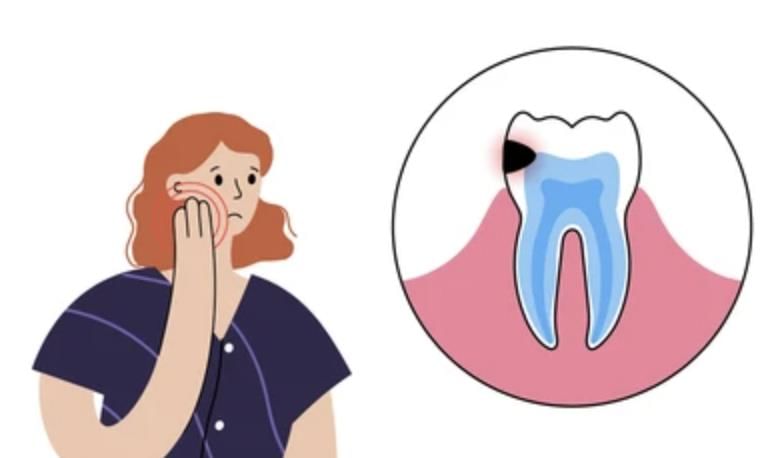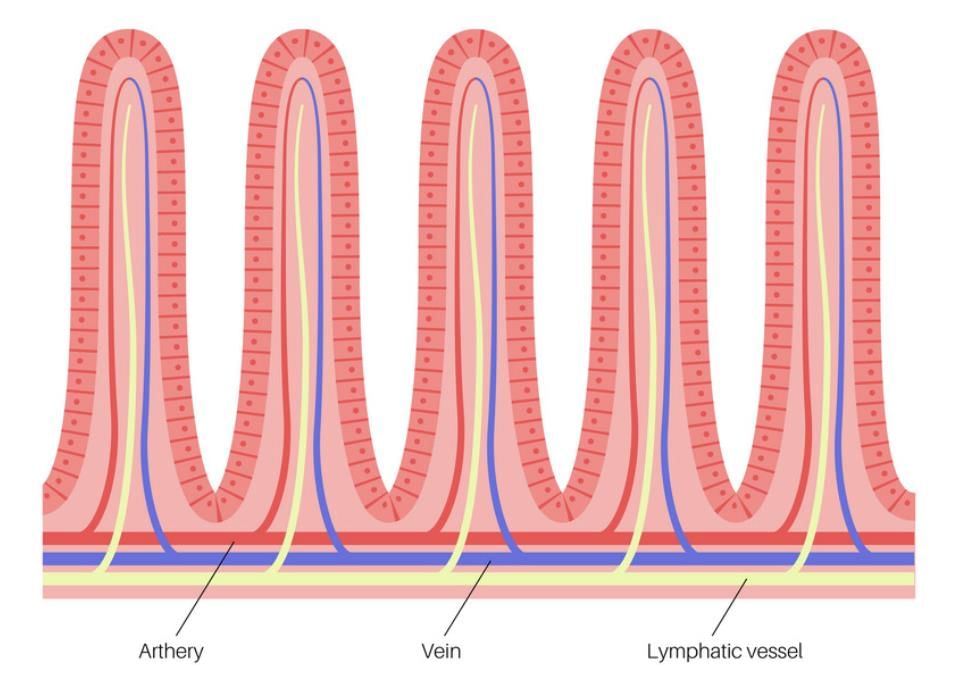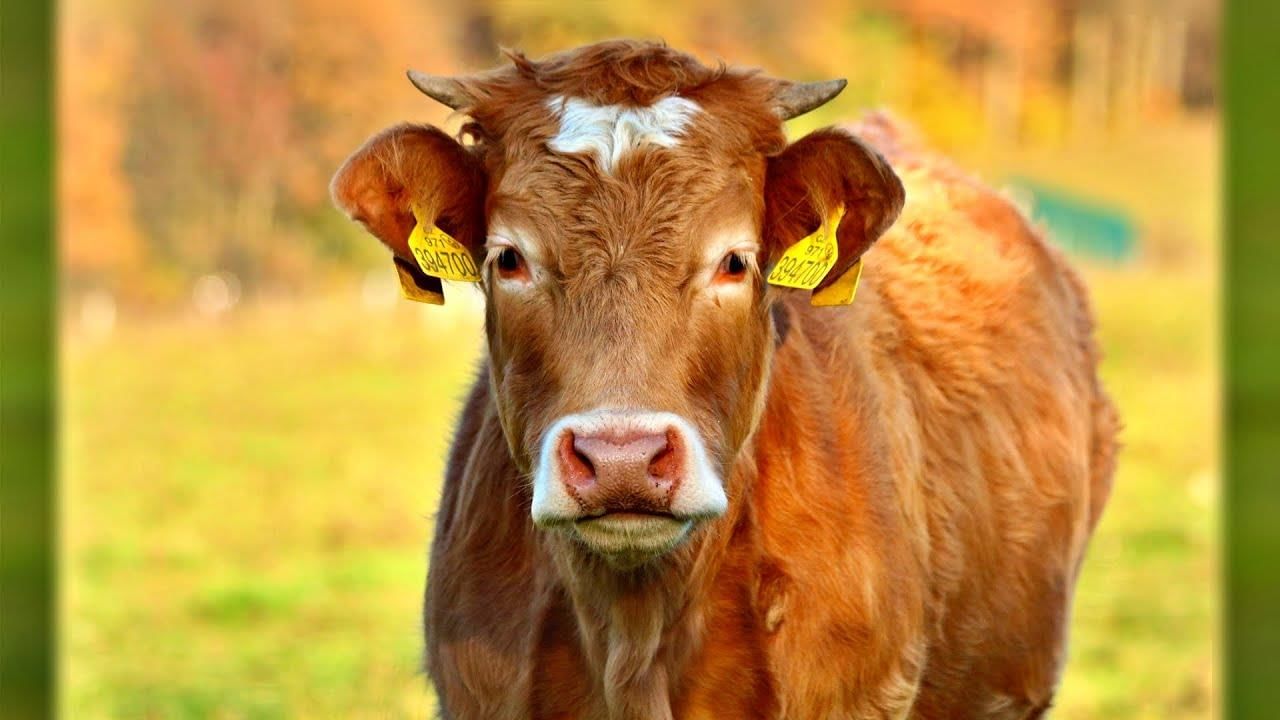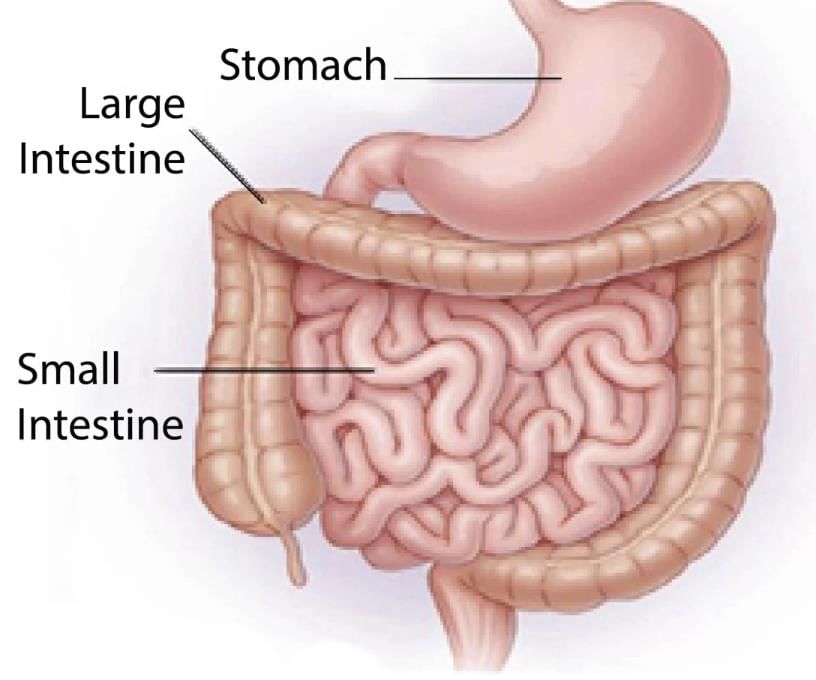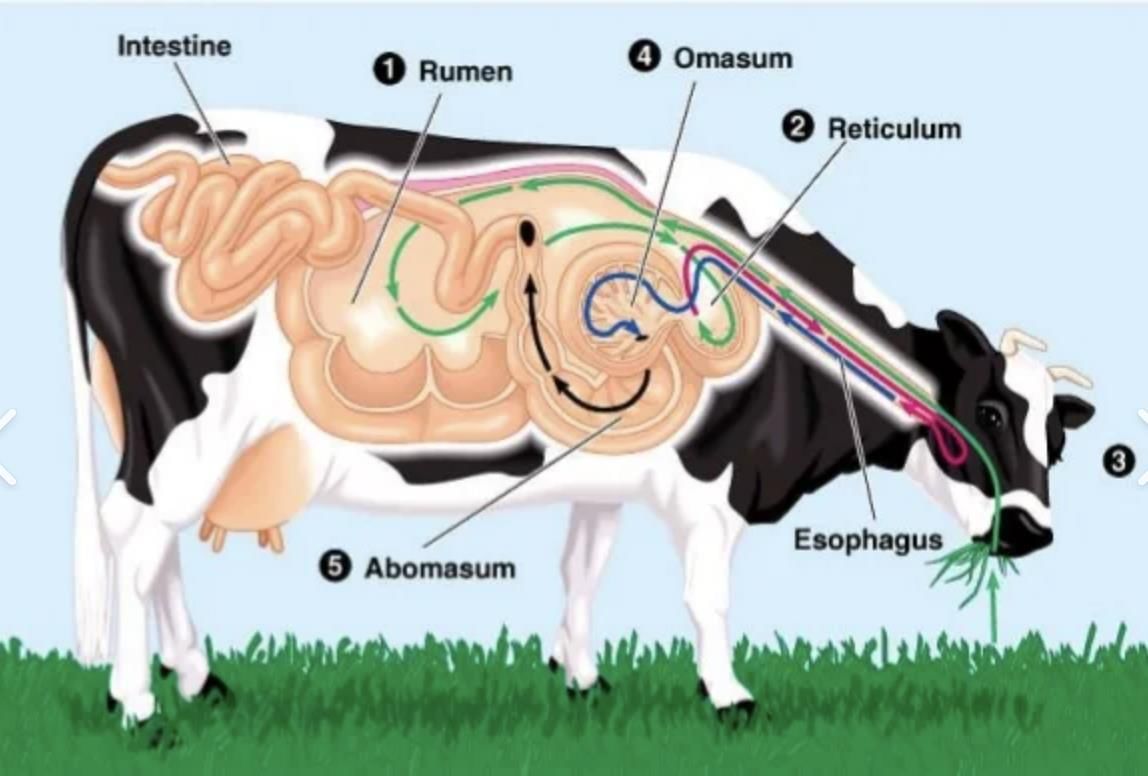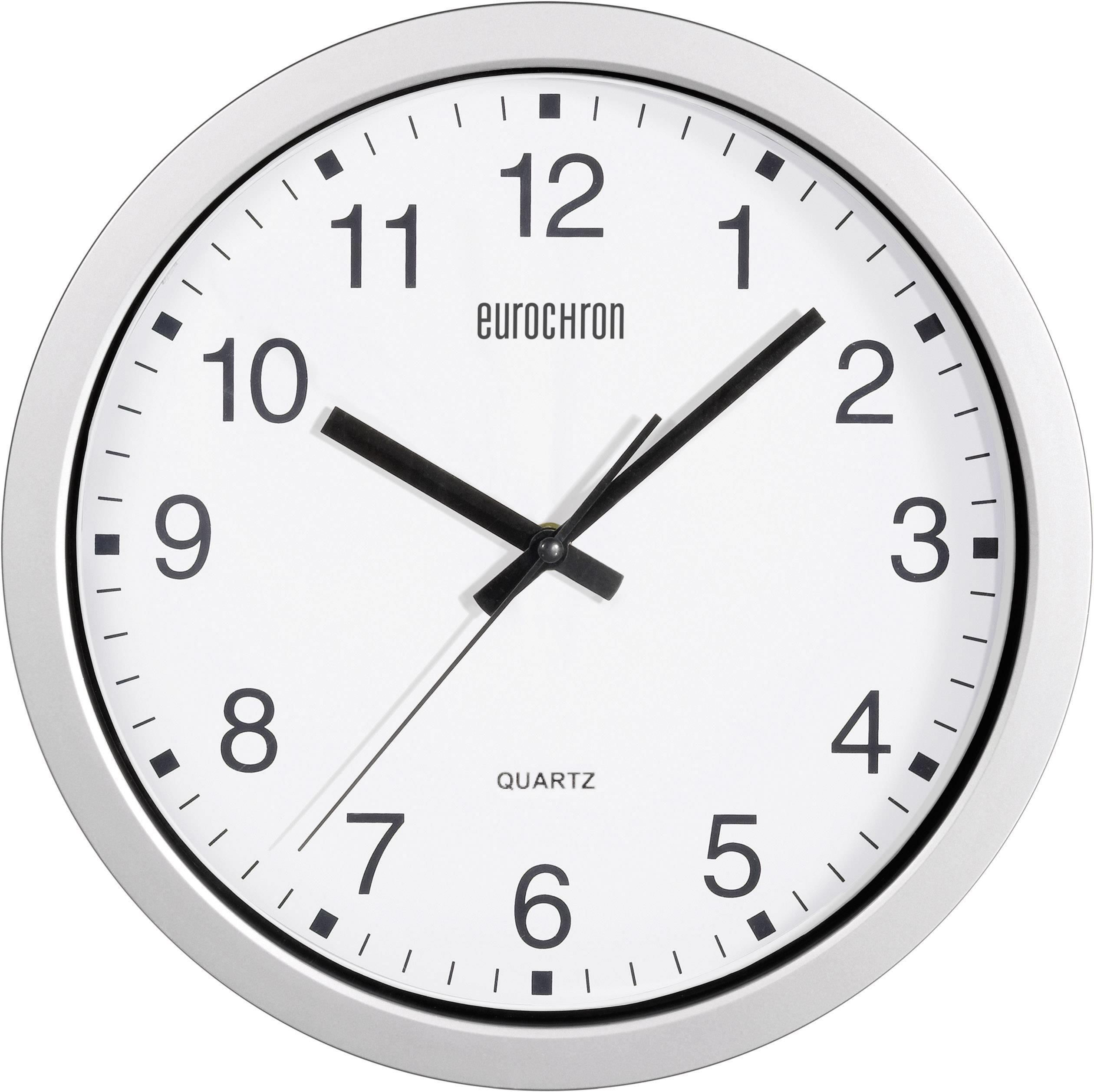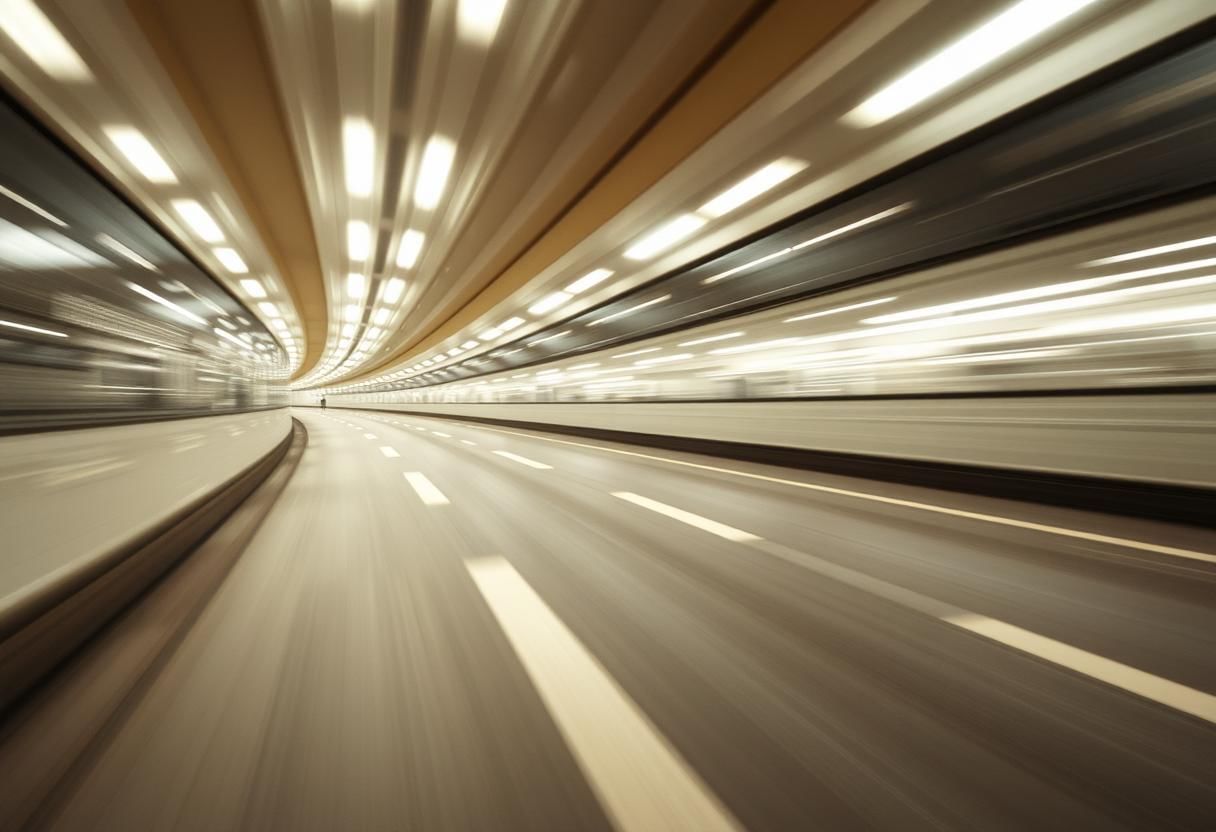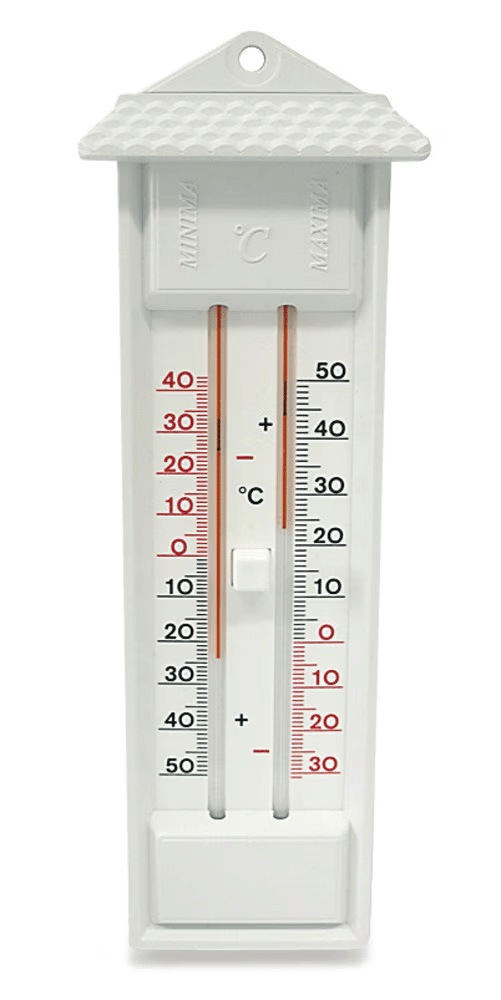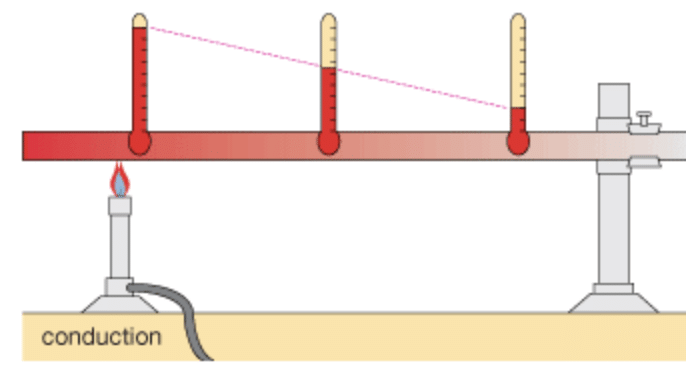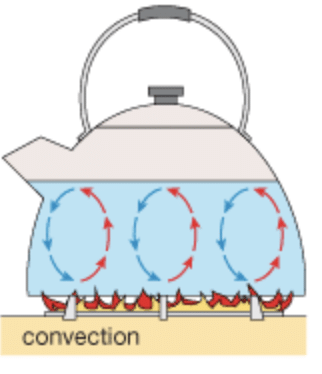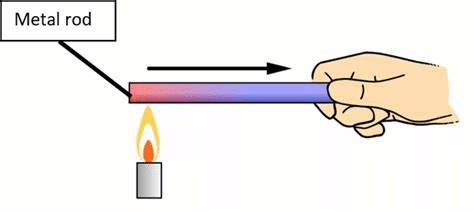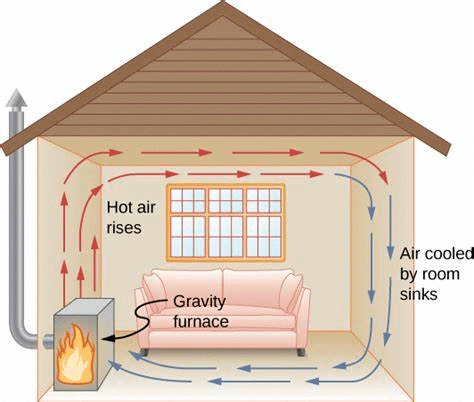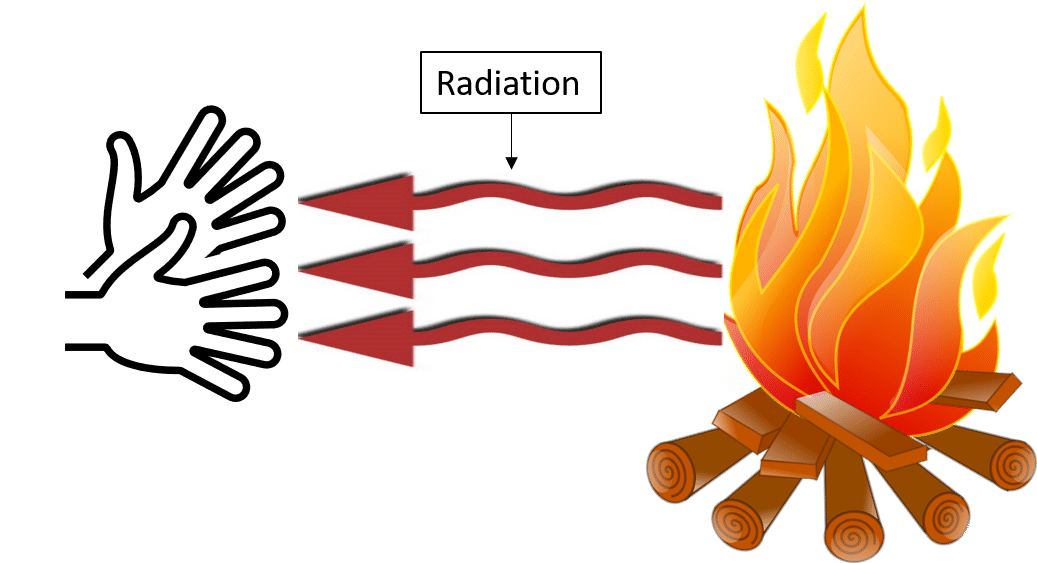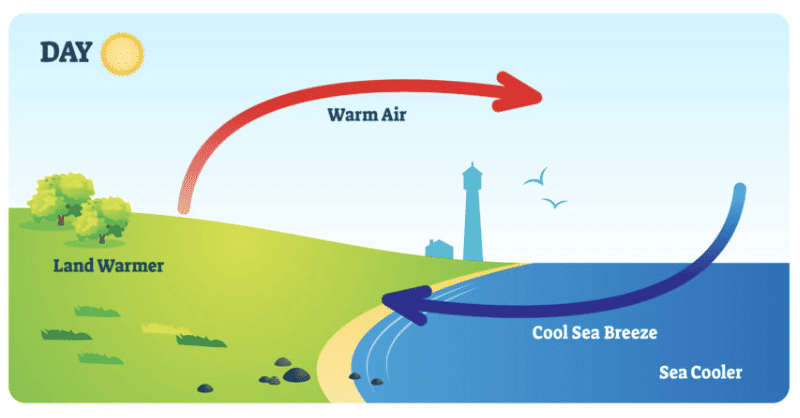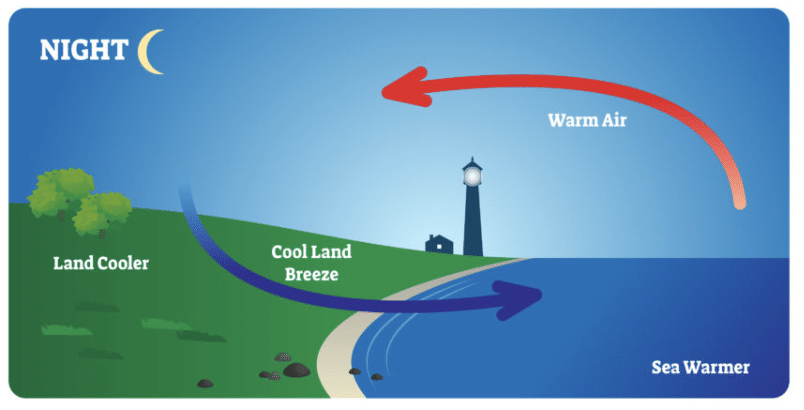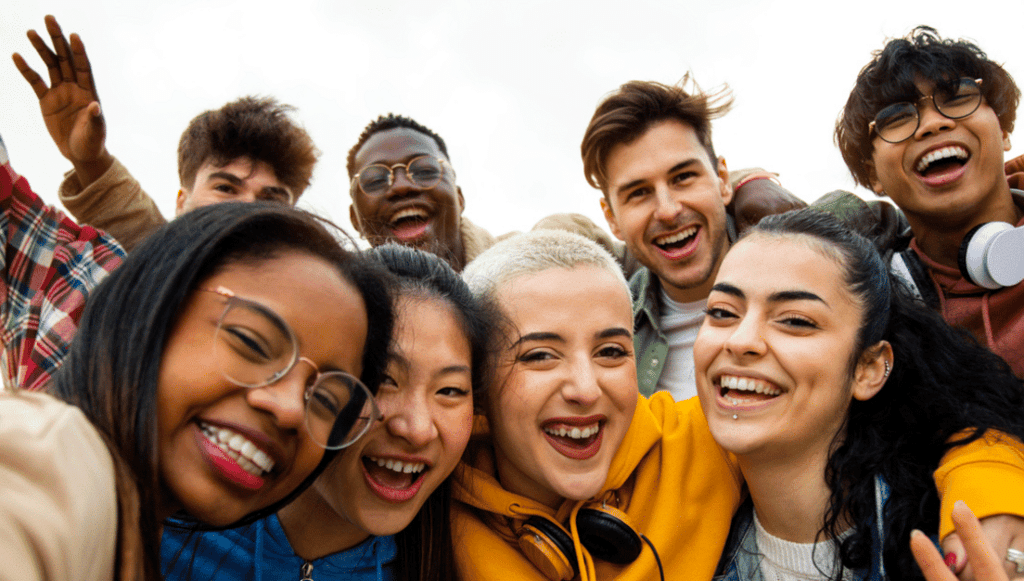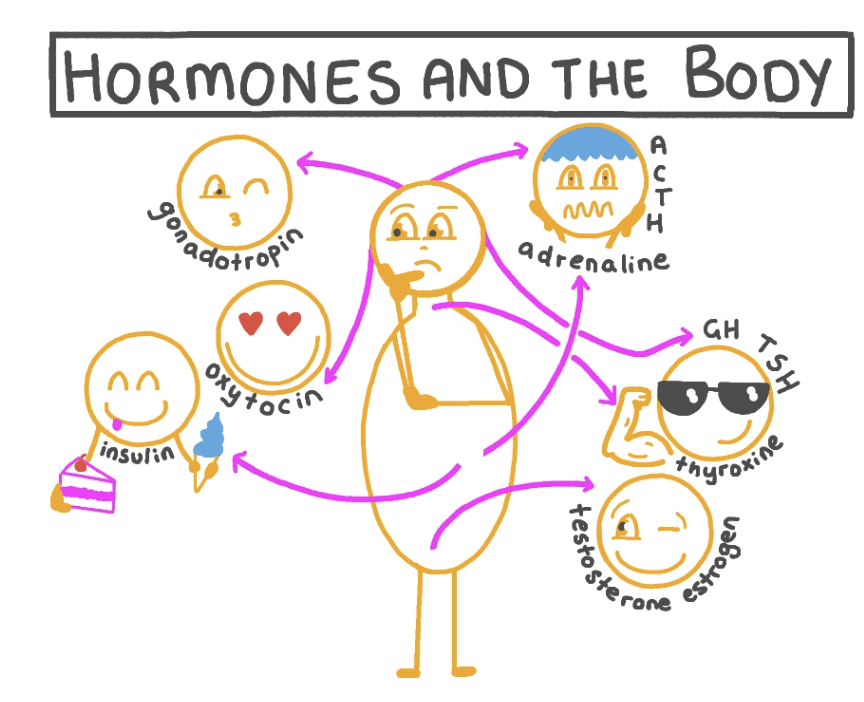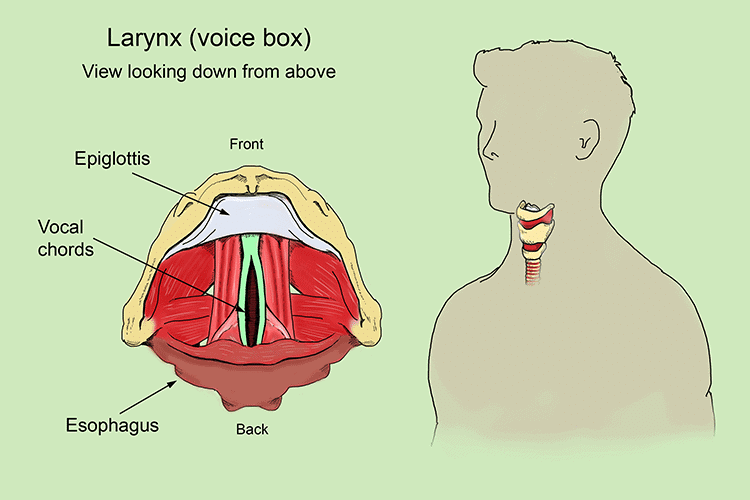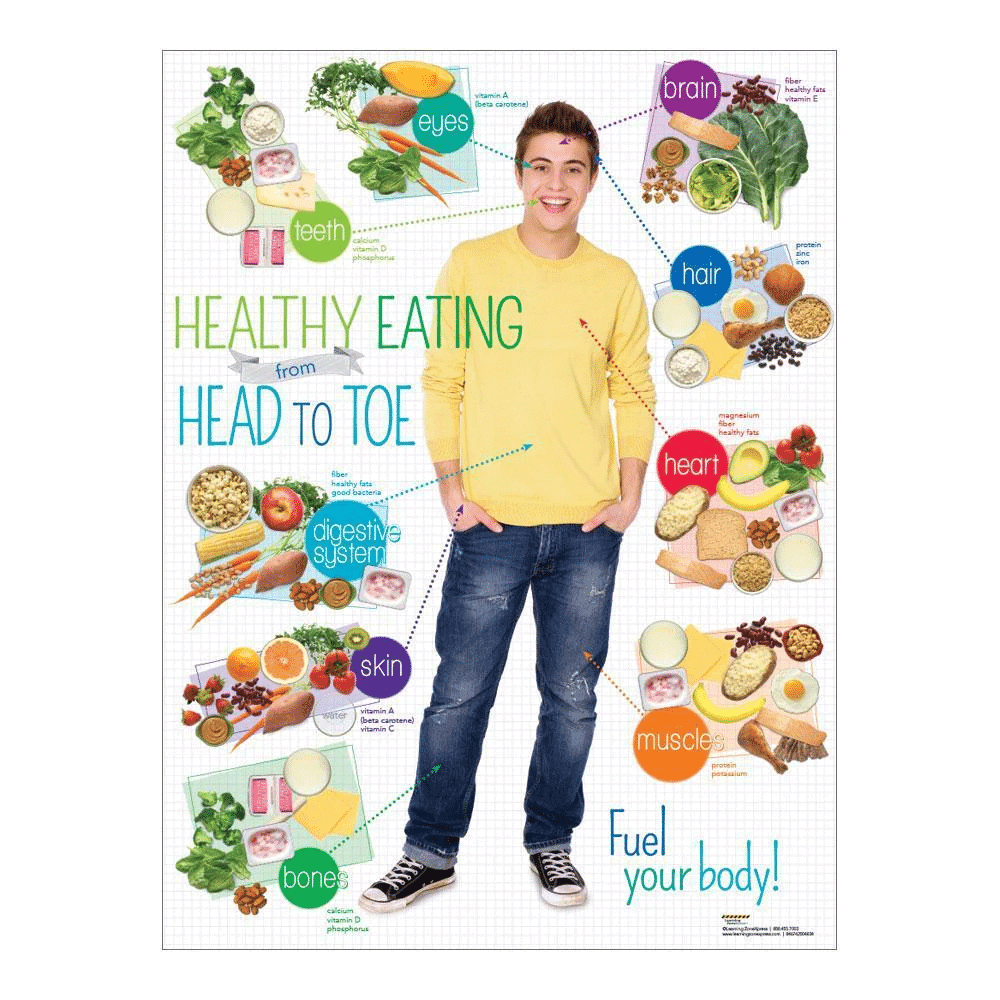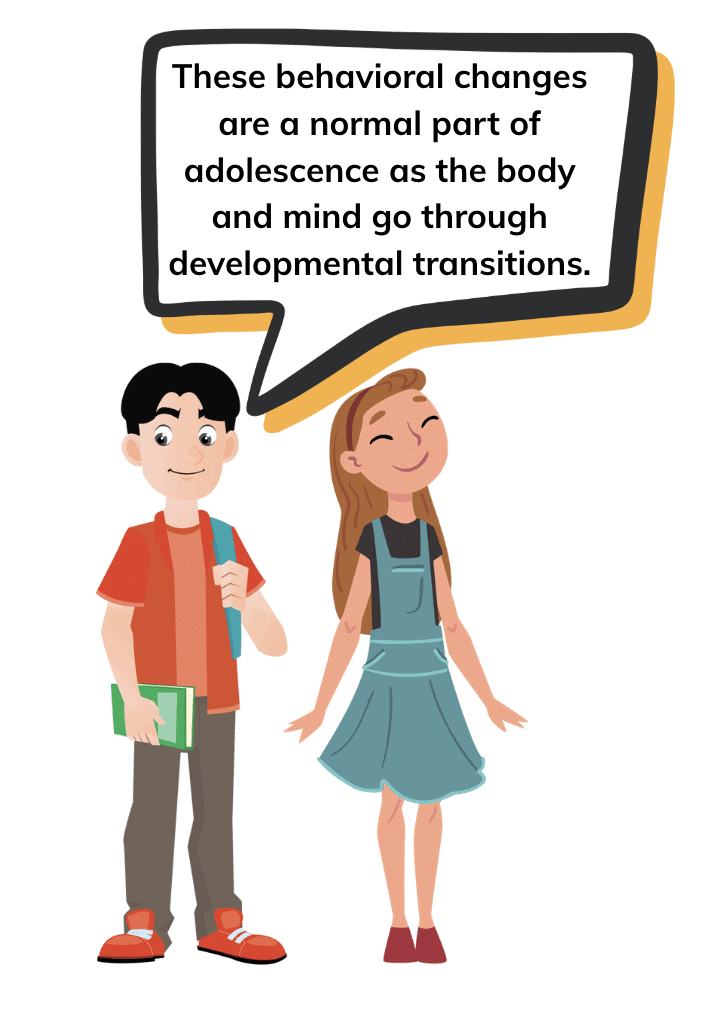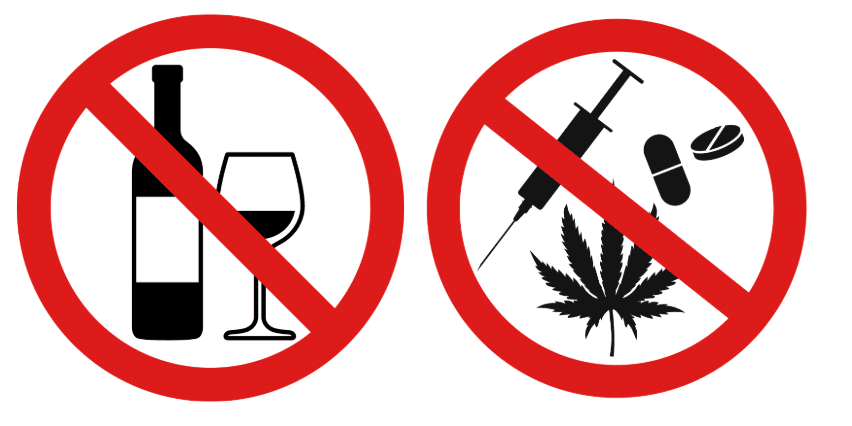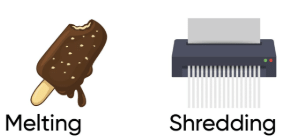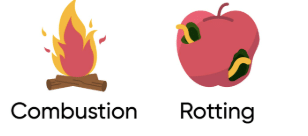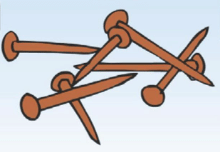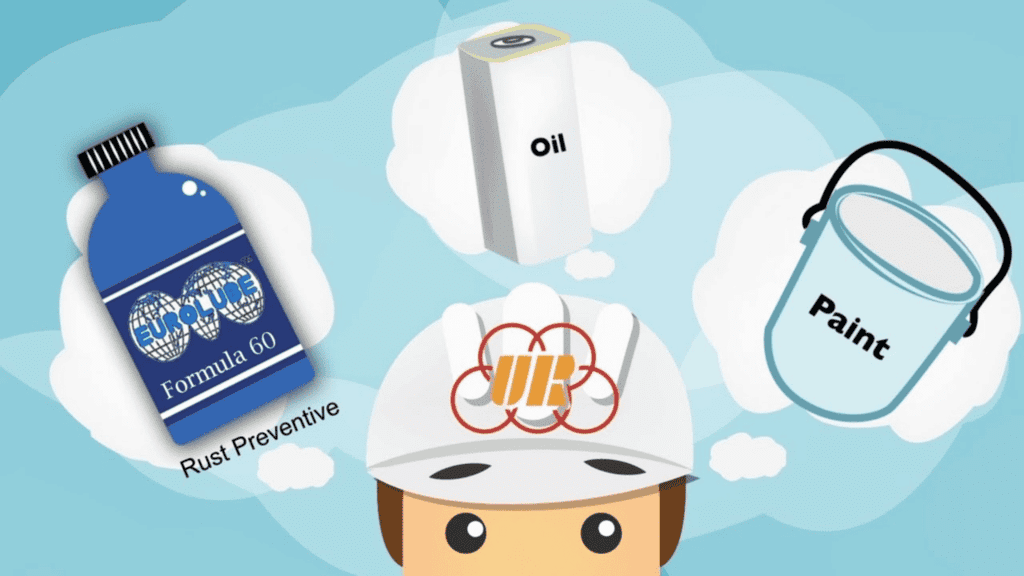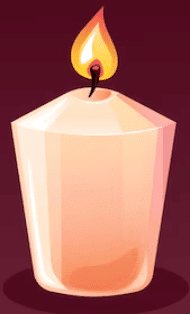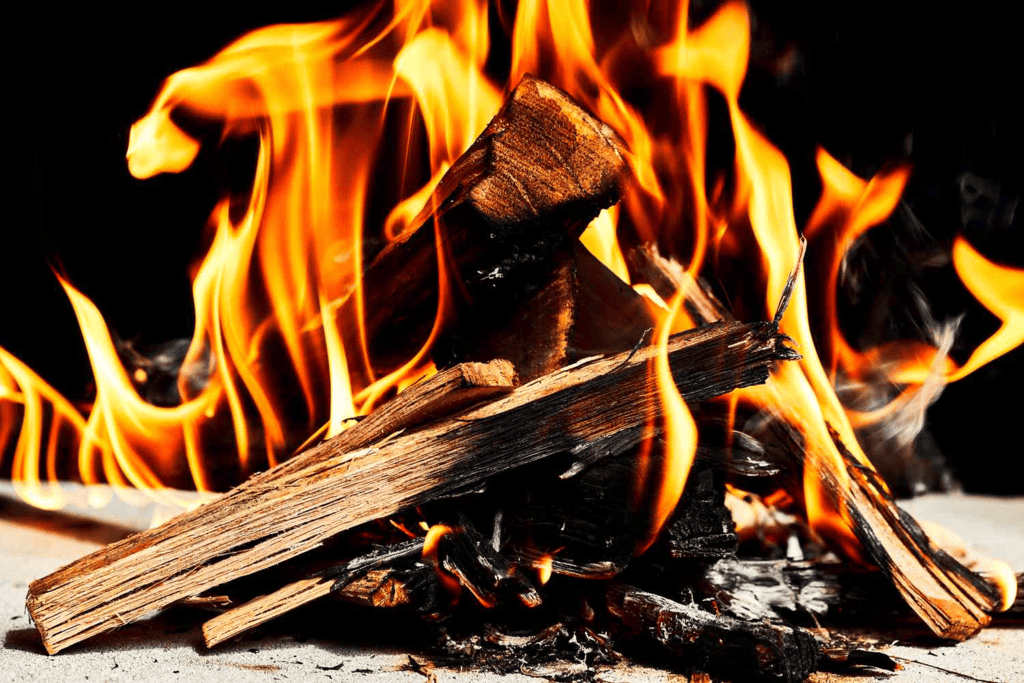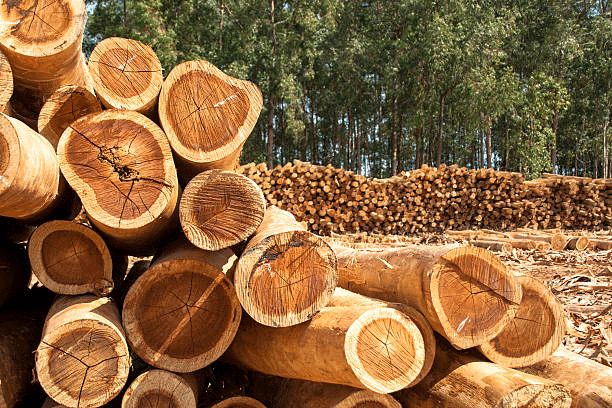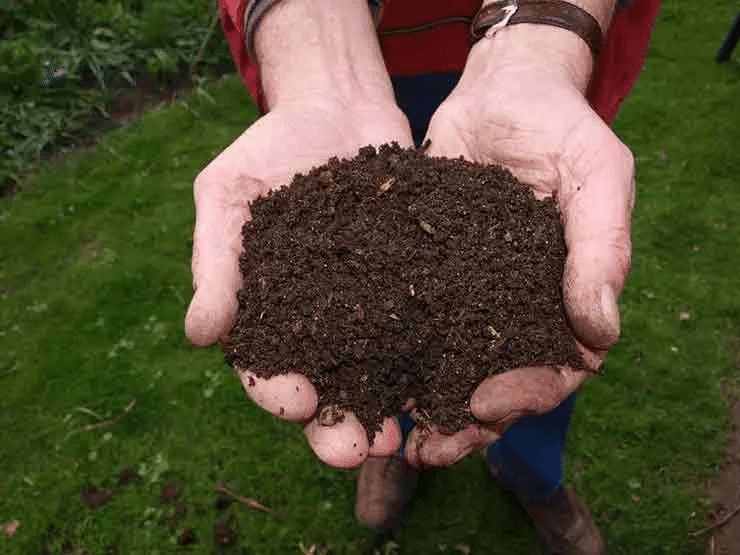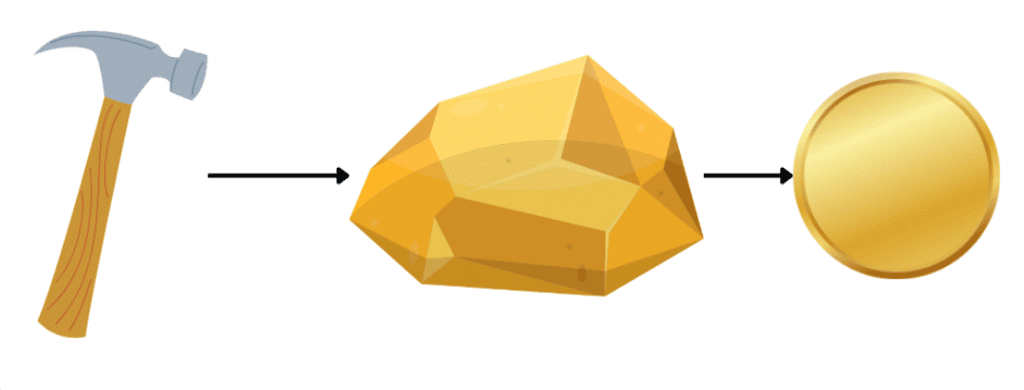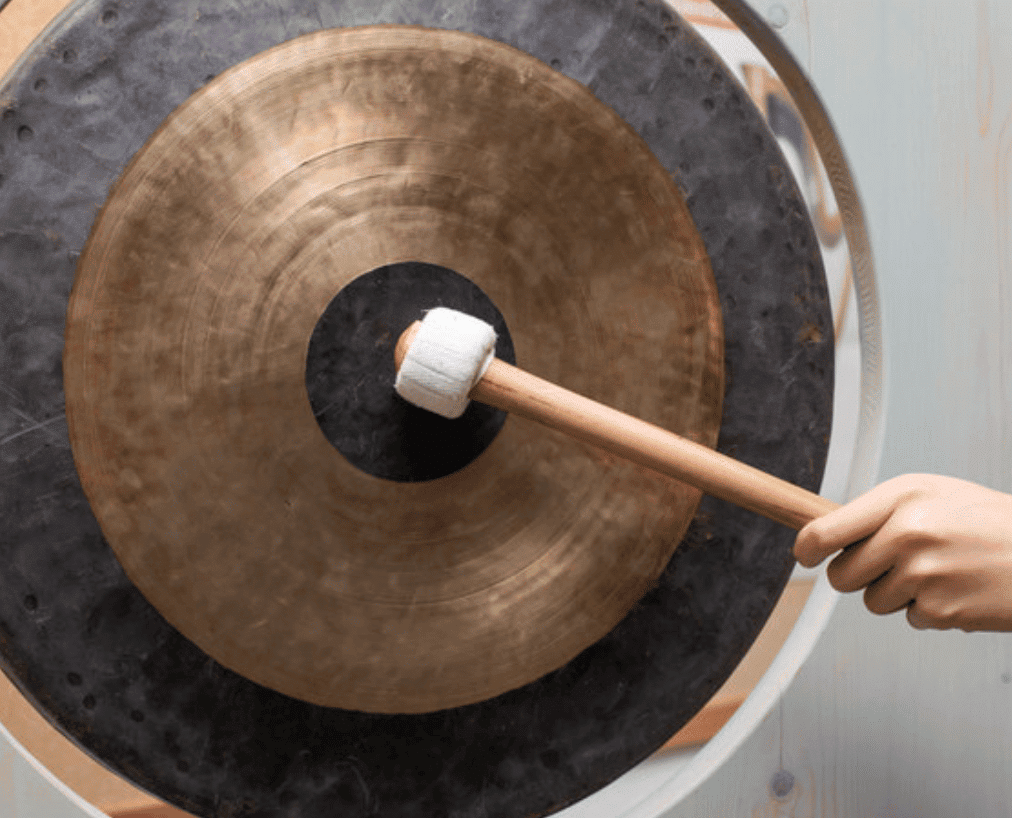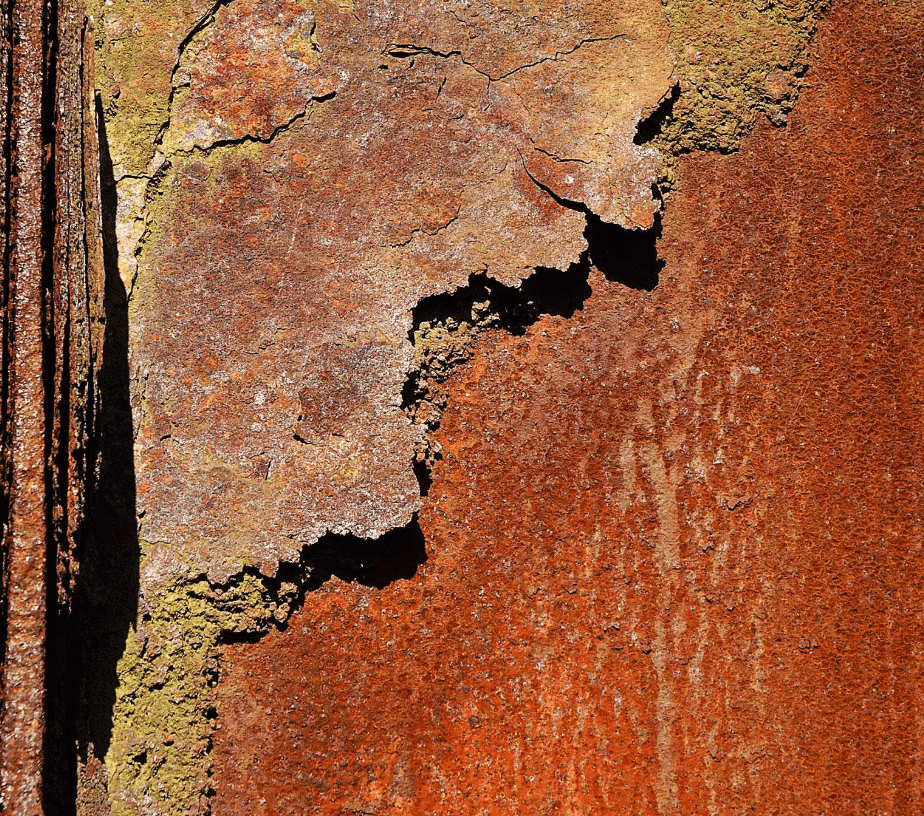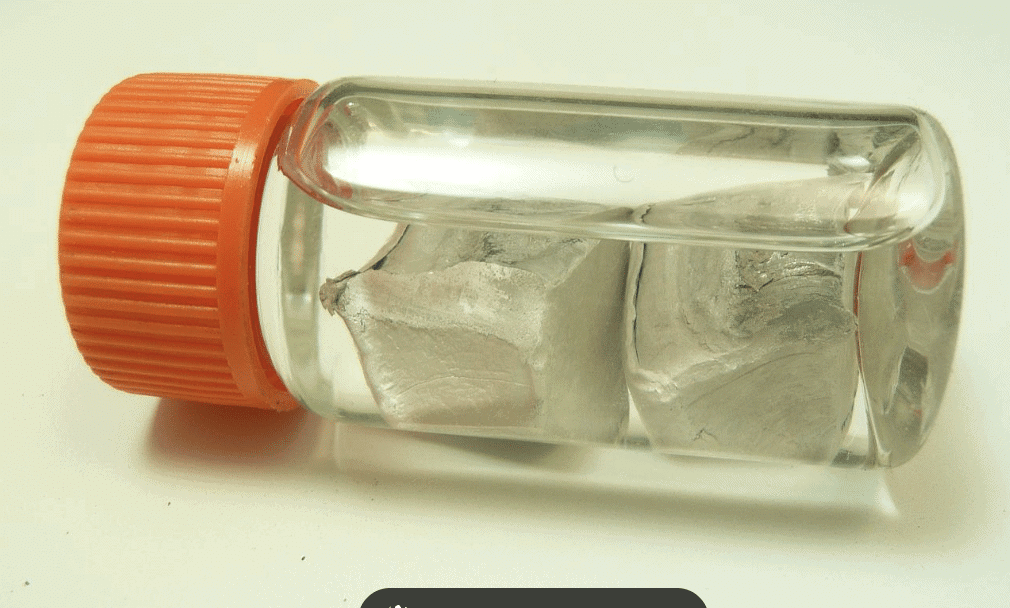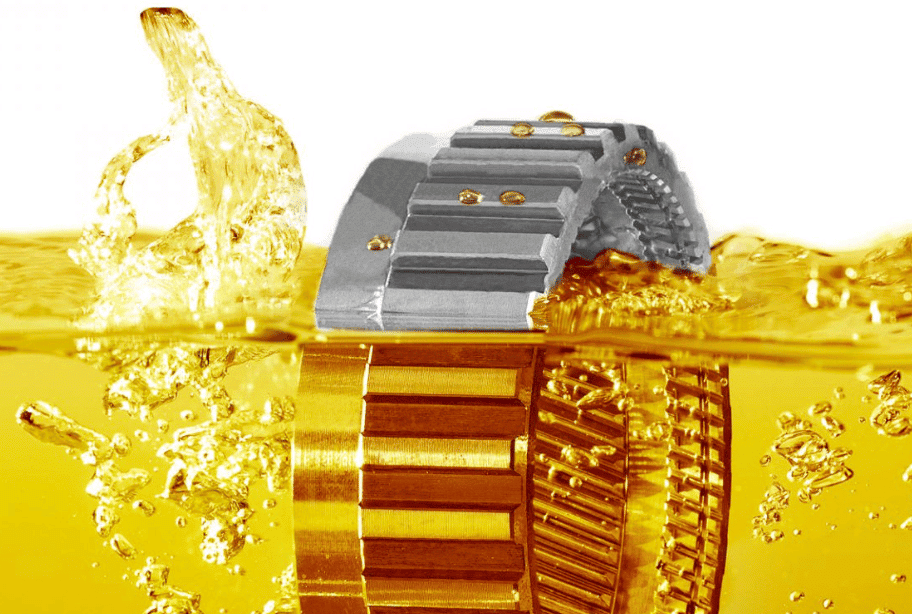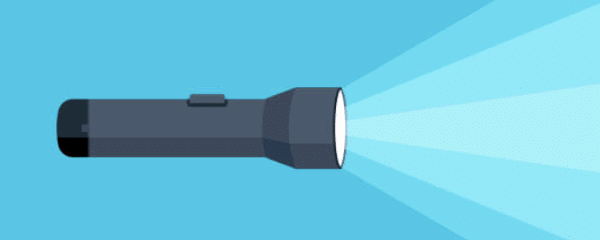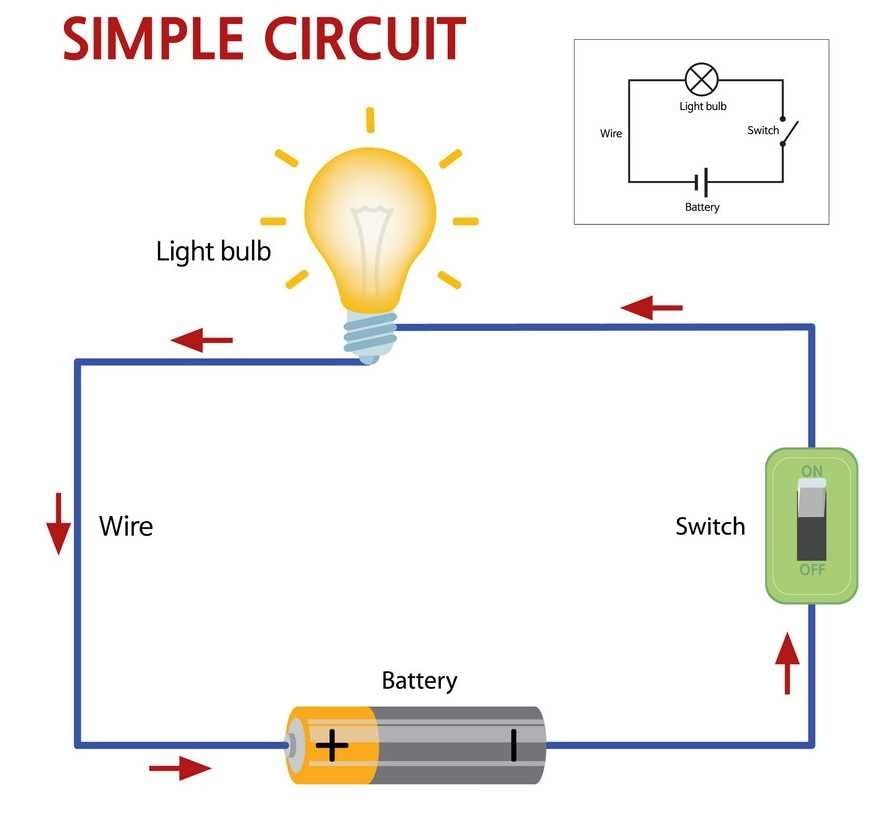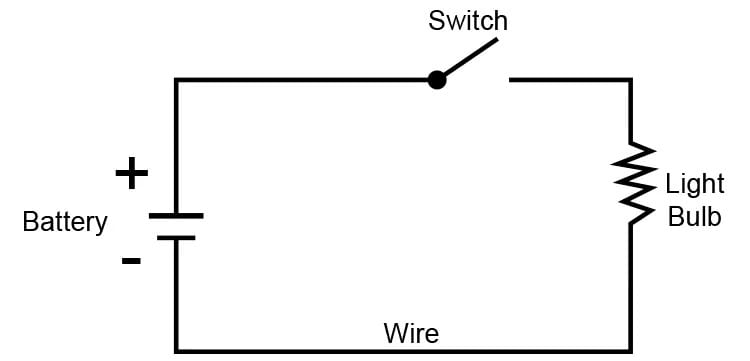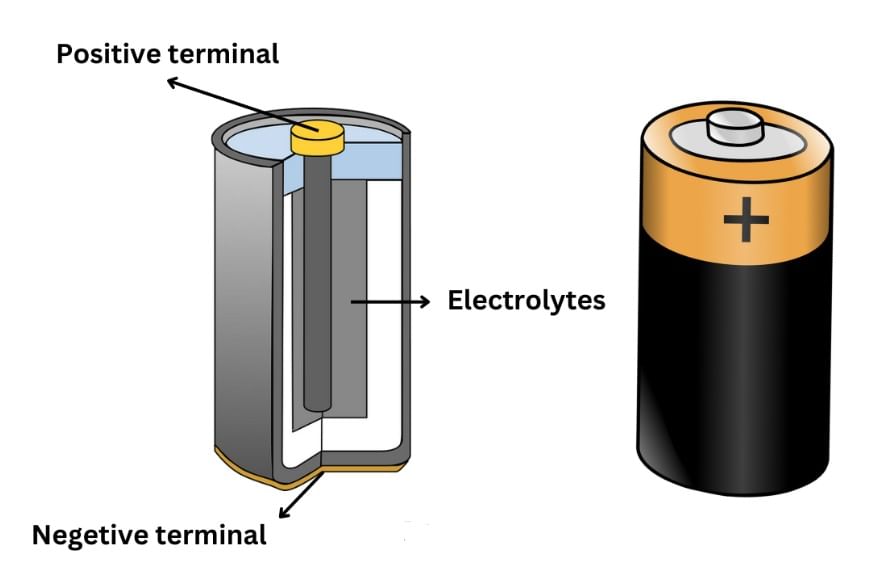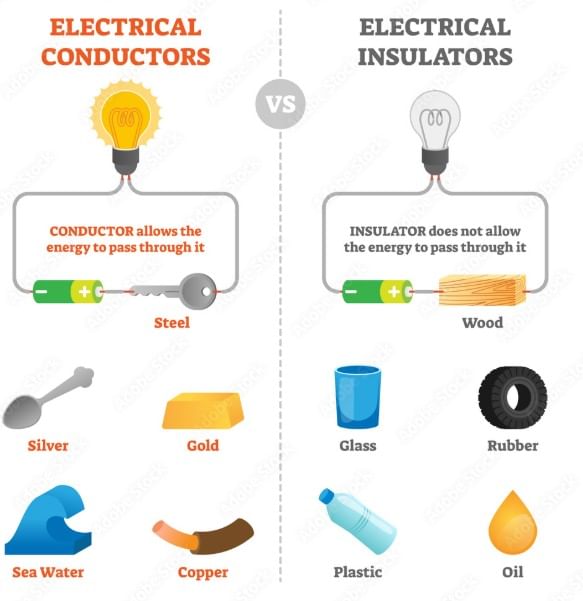Short Questions and Answers
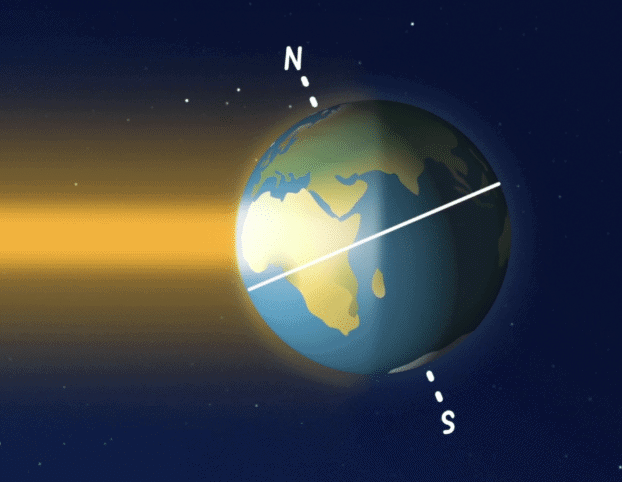
Q1: What causes day and night on Earth?
Ans: Day and night occur due to the rotation of the Earth on its axis. As the Earth rotates, one side faces the Sun (day), while the opposite side is in darkness (night).
Q2: In which direction does the Earth rotate?
Ans: The Earth rotates in an anti-clockwise direction from the North Pole, which means it rotates from West to East.
Q3: Why does the Sun appear to rise in the East and set in the West?
Ans: The Sun appears to rise in the East and set in the West because the Earth rotates from West to East. As the Earth rotates, different parts of it move into and out of sunlight.
Q4: How long does the Earth take to complete one full rotation?
Ans: The Earth completes one full rotation in approximately 24 hours.
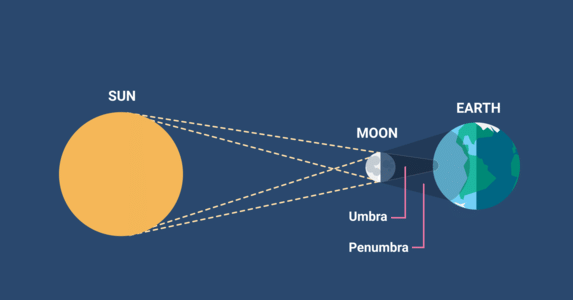
Q5: What is a solar eclipse?
Ans: A solar eclipse occurs when the Moon comes between the Earth and the Sun, blocking the Sun’s light from reaching the Earth.
Q6: How long does the Earth take to complete one revolution around the Sun?
Ans: The Earth completes one revolution around the Sun in about 365 days and 6 hours.
Q7: Why do different stars appear in the night sky over the course of a year?
Ans: The position of stars in the night sky changes due to the Earth’s revolution around the Sun. As Earth moves along its orbit, the stars visible at night also shift.
Q8: What is the effect of the Earth’s axial tilt on seasons?
Ans: The Earth’s axial tilt causes different parts of the Earth to receive varying amounts of sunlight throughout the year, leading to the changing seasons.
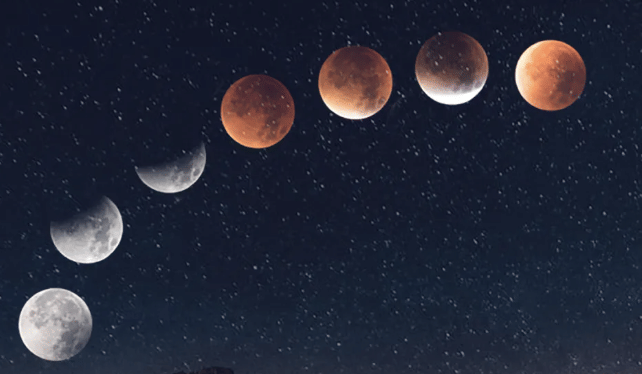
Q9: What is a lunar eclipse?
Ans: A lunar eclipse occurs when the Earth comes between the Sun and the Moon, blocking sunlight from reaching the Moon. This casts a shadow on the Moon.
Q10: How can we safely observe a solar eclipse?
Ans: A solar eclipse should not be viewed directly with the naked eye. Special protective glasses or indirect methods (like using a mirror to project the image) should be used for safe viewing.Long Questions and Answers
Q1: Explain the process of Earth’s rotation and how it affects the day-night cycle.
Ans: The Earth rotates on its axis, which is an imaginary line running from the North Pole to the South Pole. This rotation occurs in an anti-clockwise direction when viewed from above the North Pole. As the Earth rotates, different parts of the planet move into sunlight, experiencing daytime, while the opposite side is in darkness, experiencing night. This rotation is the primary cause of the cycle of day and night, with each full rotation taking approximately 24 hours.
Q2: Describe the difference between Earth’s rotation and revolution.
Ans: Earth’s rotation refers to its spinning on its axis, taking about 24 hours to complete one rotation. This causes day and night. On the other hand, Earth’s revolution is the motion of the Earth around the Sun, taking approximately 365 days and 6 hours to complete one full orbit. The revolution is responsible for the changing seasons on Earth.
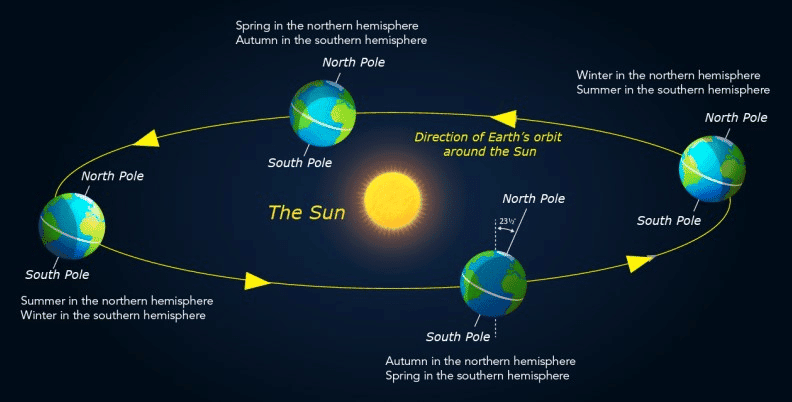
Q3: How do the Earth’s rotation and revolution contribute to the changing seasons?
Ans: The Earth’s rotation gives rise to the day-night cycle, but it is the revolution that causes the changing seasons. Due to the Earth’s axial tilt, different hemispheres receive varying amounts of sunlight throughout the year. When the Northern Hemisphere is tilted towards the Sun, it experiences summer, while the Southern Hemisphere experiences winter. In December, the tilt reverses, and the Northern Hemisphere experiences winter, while the Southern Hemisphere experiences summer. This axial tilt and Earth’s orbit around the Sun are the main factors contributing to the seasonal changes.
Q4: What is the geometry behind a solar eclipse? Explain how it occurs.
Ans: A solar eclipse occurs when the Moon comes between the Sun and the Earth, blocking the Sun’s light from reaching the Earth. The Moon casts a shadow on Earth, which can either be a total or partial eclipse, depending on the alignment of the Sun, Moon, and Earth. In a total solar eclipse, the Moon completely covers the Sun, and the sky becomes dark during the day. A partial solar eclipse occurs when only a part of the Sun is blocked. This event is brief, as the Moon’s shadow moves across the Earth’s surface due to the Earth’s rotation.
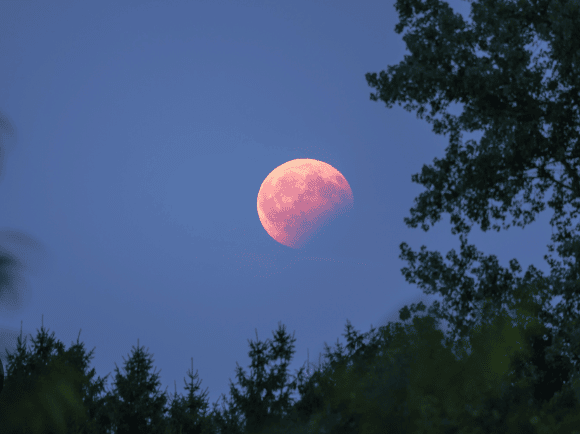
Q5: Discuss the safety precautions that should be followed while observing a solar eclipse.
Ans: It is crucial not to look directly at a solar eclipse with the naked eye, as it can cause serious eye damage. Special eclipse glasses that meet safety standards should be used for direct viewing. Alternatively, indirect methods, such as using a mirror to project the Sun’s image onto a screen, can also be used. Never observe a solar eclipse through regular sunglasses, binoculars, or telescopes unless they are equipped with proper solar filters. It is also recommended to participate in organized eclipse viewing events where experts provide the necessary equipment and safety instructions.
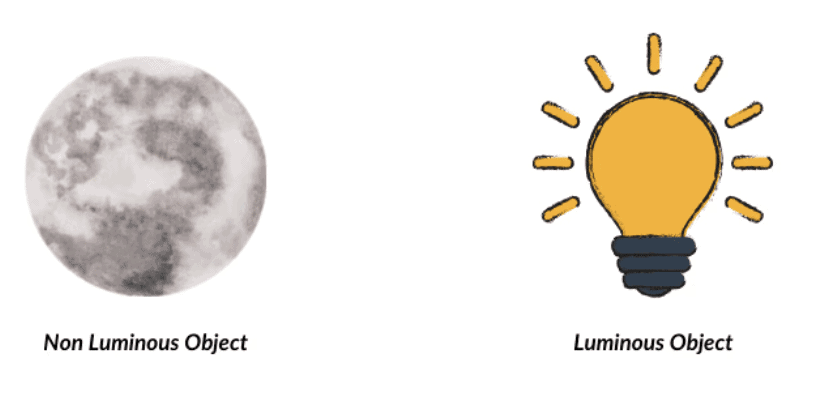
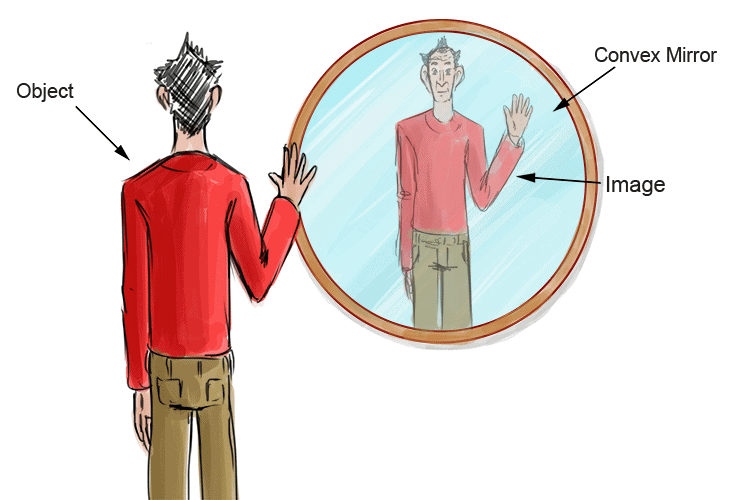
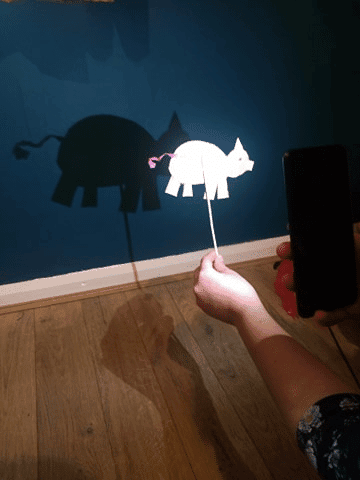
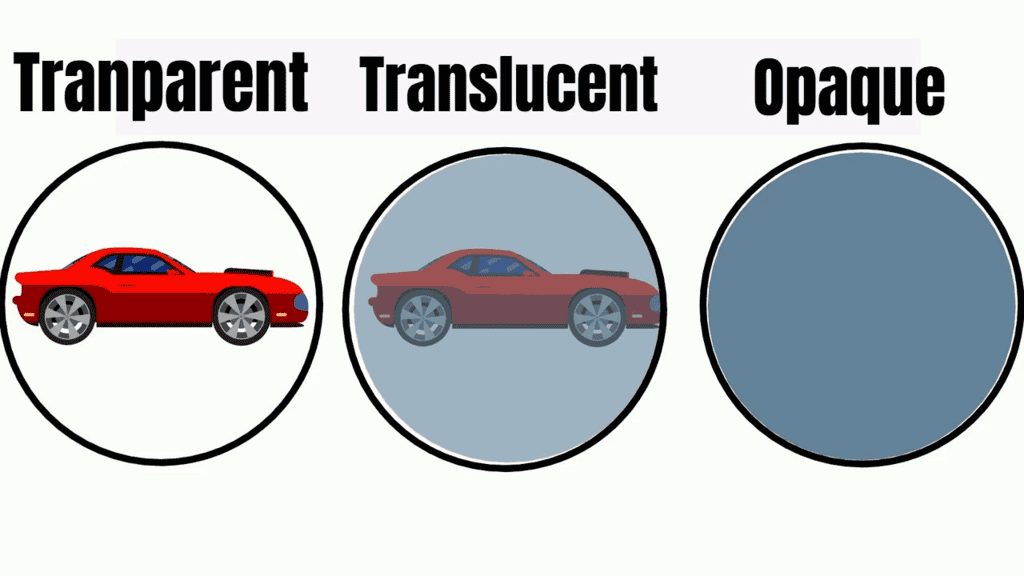
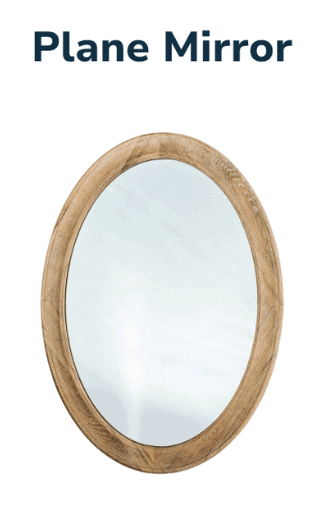 If the mirror is tilted, the direction of the reflected light will change, but the angle of incidence will always equal the angle of reflection.
If the mirror is tilted, the direction of the reflected light will change, but the angle of incidence will always equal the angle of reflection.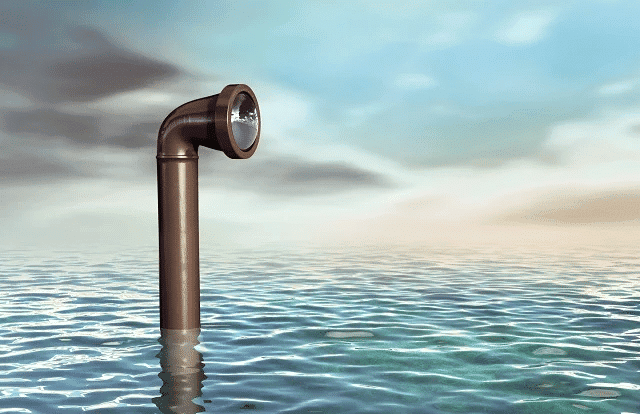
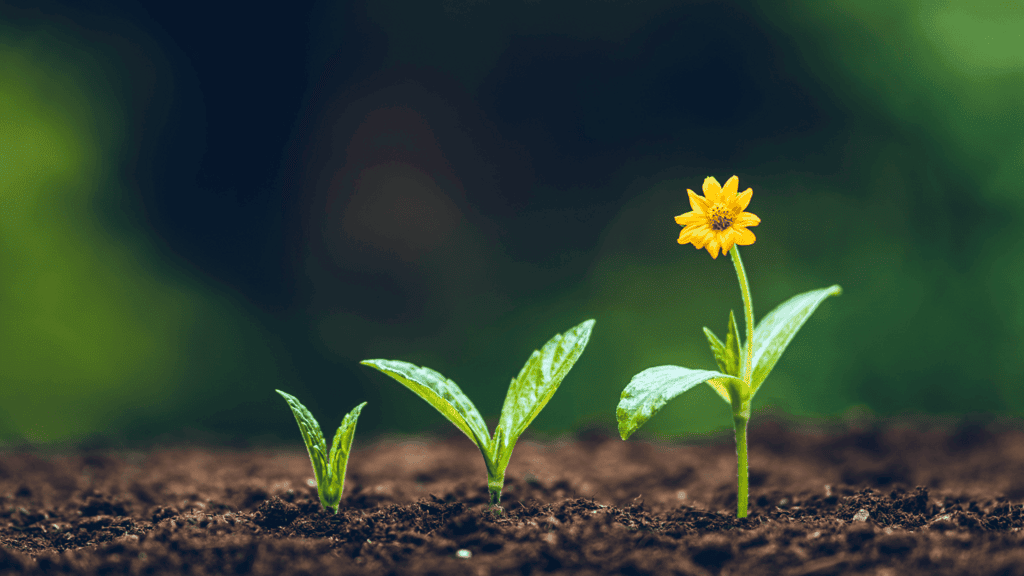
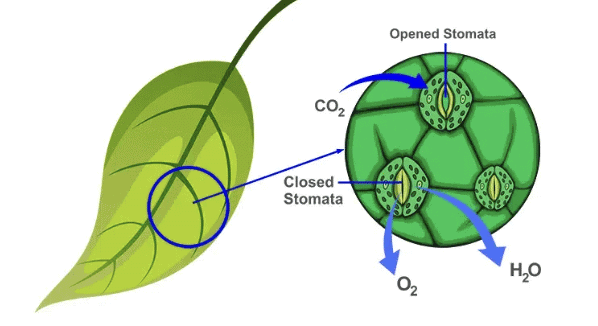
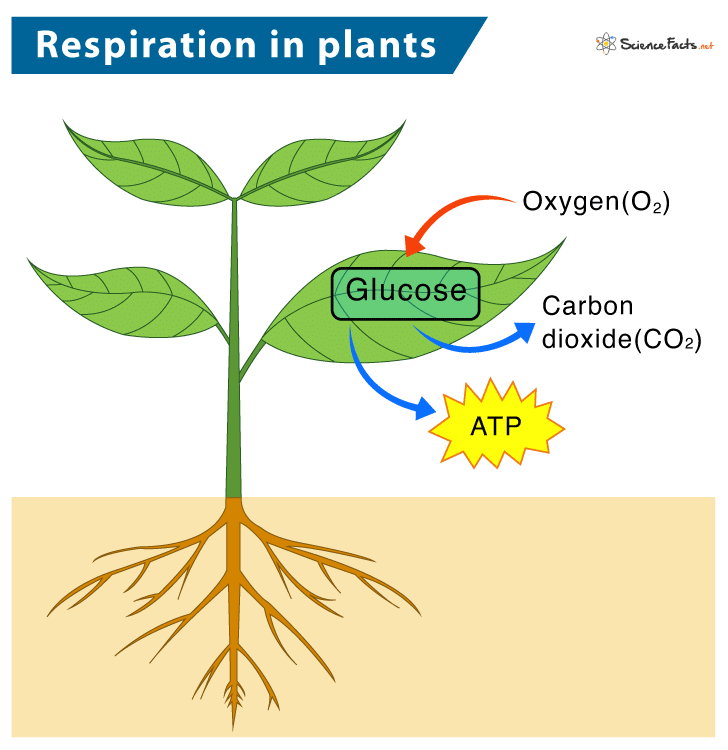
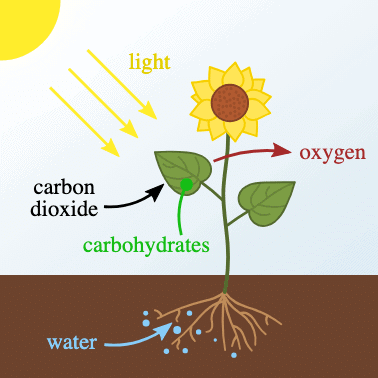
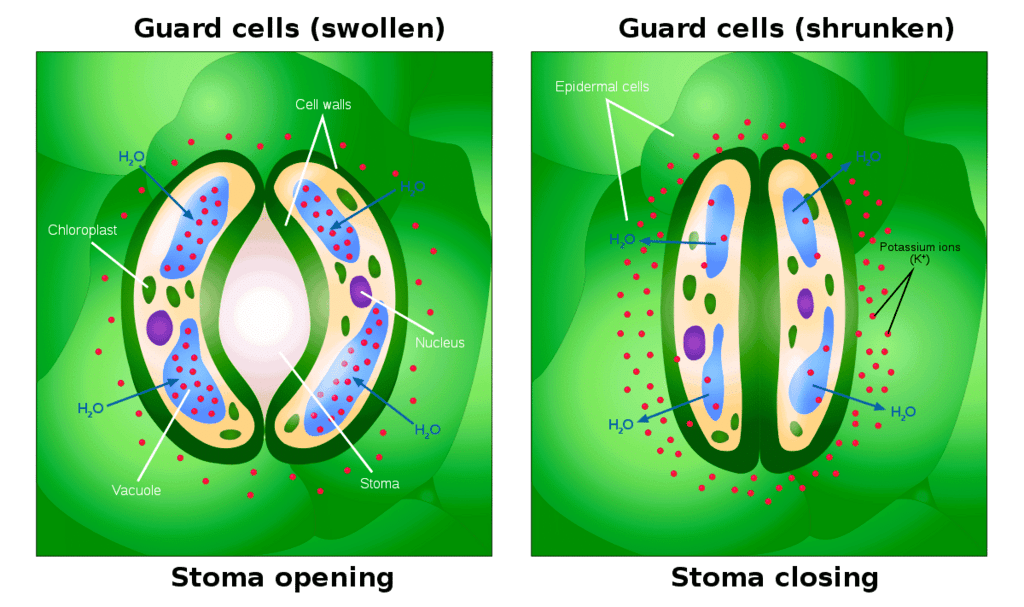
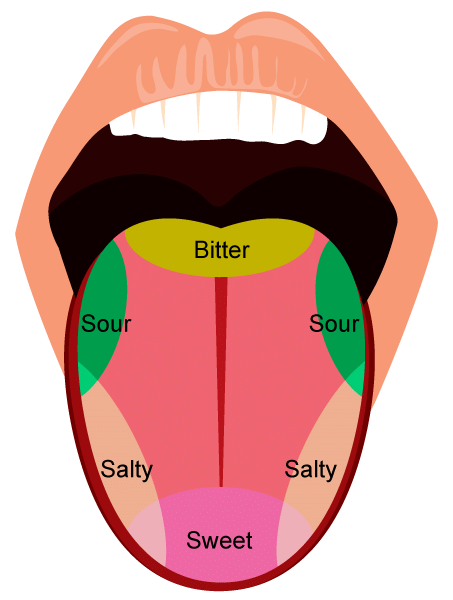 Taste Buds
Taste Buds